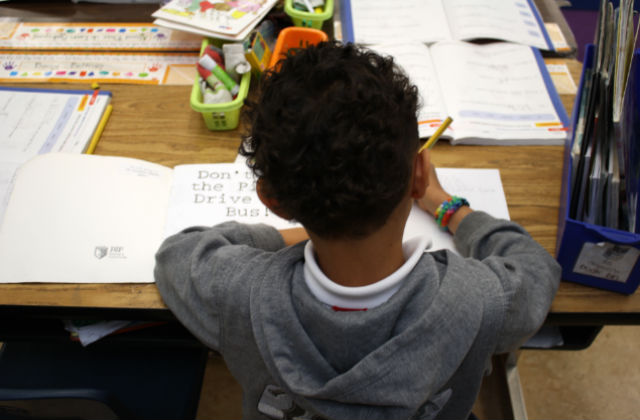Black students, as a group, are more than three times as likely as white students to get suspended (PDF). Racial disparities in school discipline are well-established. But what about differences in rates of discipline among black students?
Sociologists at Villanova University and the University of Iowa have found a striking pattern: the darker a black student’s skin tone, the higher the likelihood they’ll be suspended, particularly for girls. More specifically, an African-American girl with "the darkest skin tone" had triple the odds of being suspended "compared to those with the lighest skin tone," wrote Villanova University professors Robert DeFina, Lance Hannon and University of Iowa professor Sarah Bruch (PDF). The pattern was weaker, but still present for black males. Black boys with the darkest skin tone were 2.5 times more likely than their lightest black male counterparts of being suspended.
The findings, drawn from data in the National Longitudinal Study of Youth and the National Longitudinal Study of Adolescent health, held even when controlling for a host of other factors, including the socioeconomic status of parents, the students’ own behavior, and their academic achievement. The National Longitudinal Study of Youth, conducted by the Bureau of Labor Statistics, documents skin tone across a 10-point spectrum.
In other words, researchers say, this is evidence of colorism at work. "It is important to remember that colorism is not simply "black-on-black" discrimination," researchers wrote. "Colorism is a broad phenomenon where, for example, continuous variation in skin tone affects the actions of privileged authorities, who tend to be white. Colorism is intrinsically tied to racism in that white privilege is central to both."
(h/t Diverse Education)
